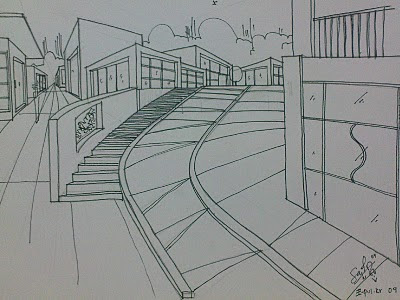
Charcoal is probably the oldest, or one of the oldest, art materials. It was, after all, what our pre-historic ancestors used while drawing on cave walls! It's ease of manufacture and use make it an essential tool for all artists. Charcoal is an impure form of elemental carbon made by burning selected woods in anaerobic conditions (little or no oxygen), hence, it is chemically fairly simple and stable over millennia. While other art materials may have greater color saturation than charcoal, few will last as long!
The major disadvantage of charcoal is its tendency to "dust-off." Not a problem when drawing on cave walls, where there is little air-movement to blow it off, but certainly an important issue if you want to display it in your home! During the many millenia between cavemen and modern times, charcoal was only used for preliminary sketches, and then painted or drawn-over with substances that can withstand a greater amount of physical handling. Only fairly recently, as people have begun to frame drawings behind glass or spray them with fixative, has charcoal recovered its earliest use as an expressive medium in its own right.
The joy of using charcoal as a drawing medium lies in its spontaneity and sensitivity. One can make marks with it which are very painterly, as if with a brush, or one can make fairly technical drawings. Fluid, painterly drawings are best achieved with the softer, richer crayons, whereas detailed drawings are best with harder ones, especially charcoal pencils.
Graphite pencils are, in my opinion, more limited than charcoal in terms of the range of values they can create. Graphite can rarely achieve as dark a color as charcoal, and it has the undesirable tendency to become shiny upon repeated application.
Graphite is actually a much more pure form of elemental carbon than is charcoal. Its amorphous crystalline structure gives rise to its special properties. Modern graphite pencils are scarcely ever made of pure carbon, however. Instead the graphite is ground to a very fine powder and mixed with clay, and then fired, to create a matrix which is strong enough to withstand the physical distress of drawing. (This is similar to how pastels are made.) Often pencils are also impregnated with some wax to improve their smoothness. Obviously, the quality of a pencil is determined by how much, and what kinds, of clays and wax are used in proportion to the quality graphite.

















.JPG)
.JPG)
.JPG)
.JPG)
.JPG)
.JPG)
.JPG)
.JPG)
.jpg)



